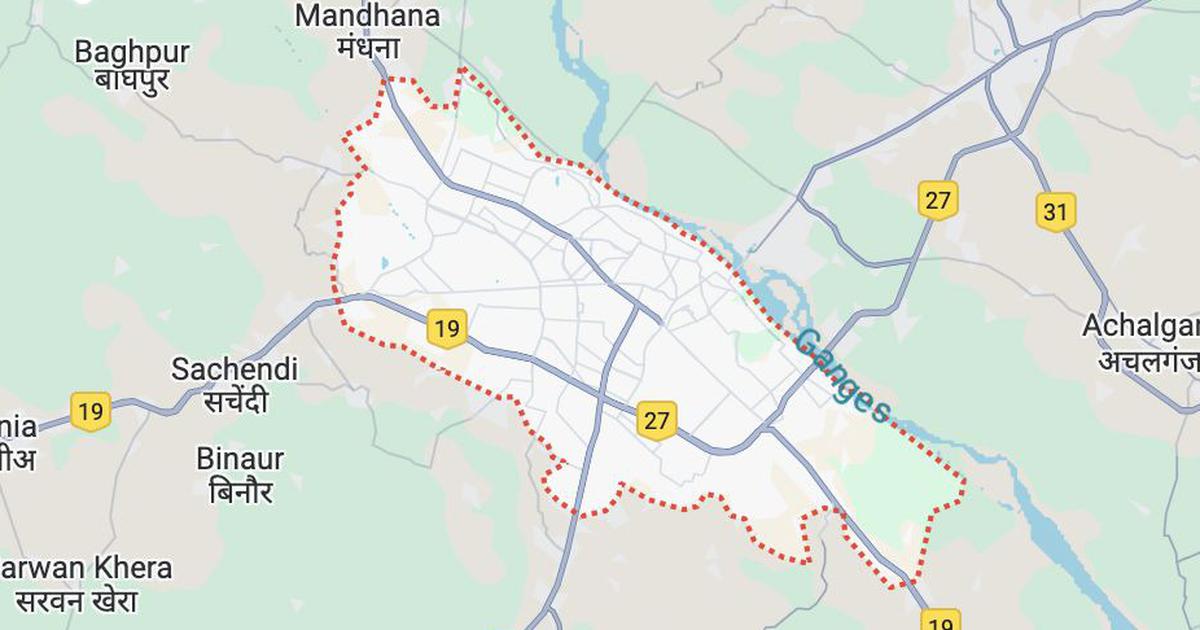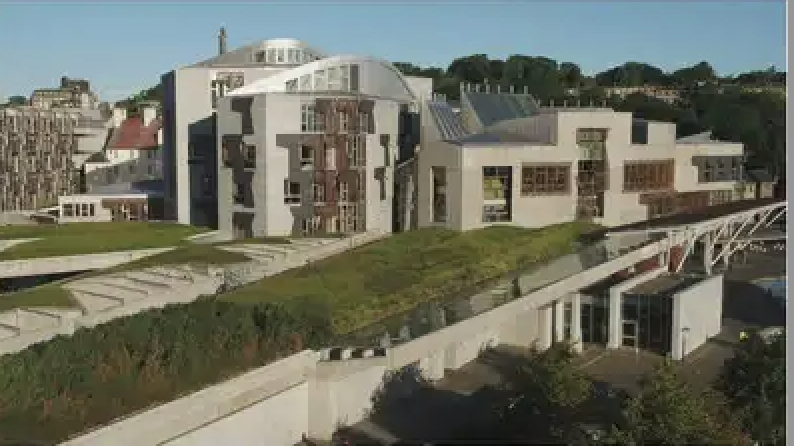The Vishwa Hindu Parishad in America, the flagship organisation of Hindutva in North America, works silently in the shadows of multi-culturalism, rarely, if ever, emerging into public spotlight.
The VHPA began operations in the US in 1970. It registered its first office in New York in 1974 as a cultural organisation with the goal of adding ‘cultural enrichment’ and ‘awareness to American society’, based on the time-tested ‘eternal Hindu values’. It claims to have active ‘member families’ in 40 states.
The largely professional Indian immigrant wave that started in the 1960s continues to contribute to the VHPA’s power. Even today, the most significant component of immigration to the US is from India. Products of elite and, more recently, semi-elite urban institutions, these immigrants are themselves students of Nehruvian modernism and thus relatively adept at interfacing with the dominant white society.
However, the petit-bourgeois element (small businessmen, traders) that entered the immigration channels in the late 1970s was different not only in that it did not enjoy the same easy passage into Anglo-Saxon America and its corporate cultural, but also because of the nature of its profession, it remained far more ghettoised than the professional community.
While the professional community was dispersed all over the USA, the small businessmen were often located at close quarters to each other in metropolitan areas or immediate suburbs. Their physical and cultural ghettoisation were the early basis for the VHPA’s growth.
The 1970s saw its slow growth with two more certified offices in Connecticut and Illinois. Between 1980 and 1990, the VHPA established 10 more offices.
The early VHPA documents written in the 1980s show evidence indicative of the petit-bourgeois basis of its initial formation. The nature of the English used in some of these documents, for instance, indicate that these may have been produced by the non-elite small businessmen who had ‘disadvantages of language.’
Apart from this extensive network of certified offices, the VHPA has its student wing — the Hindu Students Council — that functions in many ways as the most visible flagship organisation of Hindutva.
The oldest HSC in North Eastern University dates back to 1987. By 1995 it had grown to have 45 chapters spread all across the US and Canada. The typical HSC is organised and run in most cases by a first generation immigrant graduate male student who has direct connection with the Sangh Parivar in India — either a parent who is part of the RSS or BJP, or a family that has a historical link with one of these organisations or its earlier incarnations such as the Jan Sangh. However, in what is the growing trend, many new HSCs are now being organised and run by second generation Indian-Americans, either male or female, who has immediate family connections in VHPA.
Each HSC is organised along strictly hierarchical lines with a president and general secretary at the local level who report directly to a regional coordinator. The regional co-ordinator, normally the president of the larger HSC chapter in an area, report to the National Council of Chapters that works from the HSC headquarters in Needham, Massachusetts. The insistence on hierarchy means the second generation students have to revert back to their ‘superiors’ for every decision.
Though in nomenclatural terms these are two distinct organisations, it is far more correct to read the VHPA as the primary organisation which is run by an older generation of petit-bourgeois Indian men who give the ideological direction to the complex. The HSCs, with some ideologically committed members at the helm, work towards the presentation and propagation of the complex.
In addition to these two main organisations, the VHPA operates through multiple other fronts. Some of these are constituted for a purpose and then allowed to fade away; others have a long-term functional utility. Such organisations include the Concerned Non-Resident Indians — a group formed immediately after the Babri Masjid destruction for damage control exercise.
Long-standing organisations include the Friends of the BJP which often plays host to the many visiting political figures from India. It is also active during other special occasions such as elections, and helps organise small town Mahila Samajs in conjunction with the local VHP chapter for ‘dealing’ with problems of women — primarily, ‘rearing children with traditional values.’
With such an extensive organisation, one would expect the VHPA to be a far more public institution, at least within spaces that are marked by a preponderance of South Asians. This, however, is not true.
Though it has a registered office in New York and a working office in Berlin, Connecticut, the VHPA does not figure in the telephone books of either city. But if one were to take the alternate route and investigate via the Net, one would find both the telephone numbers and addresses for VHPA in each city. However, these would lead us not to an office in the cultural or commercial districts of the town, but to a suburban mansion — buried away and isolated.
Even at the most obvious moments, the VHPA takes care to make itself as unnoticeable as possible. L McKean, one of the few scholars to study the VHPA in some depth, agrees. In 1993-94, the centenary year of Vivekananda’s much-publicised address to the Parliament of World Religions in Chicago, the VHPA made a concerted effort to appropriate him as its patron saint.
And yet, McKean says, “The VHPA was listed on the programme as a cosponsor and its delegation marched in the opening procession. However, the programme neither listed any sessions as sponsored by the VHP nor indicated that the Hindu Host Committee had members who are its supporters.”
The Net was however abuzz with Vivekananda. Alt. Hindu, recently converted to Soc.Religion.Hindu, a newsgroup started by one of the oldest and most dedicated HSC workers, selectively serialised Vivekananda from the beginning of 1993 till well after the centenary parliament. Soc.Culture.Indian, another newsgroup on which Hindutvavadis are a vocal presence, was a site for a three-month long barrage of continuous discussions on the relevance of Vivekananda to modern Hinduism.
SCI also saw the emergence in the year preceding 1992, long and extended discussions on such topics as ‘Why are Muslim men bad in bed?’ and ‘Are Muslims dirty?’ — questions that can be read in the context of a resurgent Hindu nationalism in India that revolved around notions of Hindu purity and its violation by Islam, and the central icon of the post 1980s wave of Hindu nationalism: Hindu manhood.
In the months that followed December 6, 1992, Vivekananda was liberally mixed with discussions on ‘Eating beef and sexuality,’ ‘Muslim rates of procreation’ and ‘Have we taught them a lesson?’ (referring to the the VHP leaders’s battlecry in India that they were out to teach ‘Muslims a lesson.’) These discussions continue to this day sporadically.
Outside of the Net, the VHPA organised its World Vision 2000 conference of 1993. The razing of the Masjid itself elicited only a strong silence from it. However, many of its front organisations were active during this phase.
On January 16, 1993, a group euphemistically called Concerned NRIs published an advertisement in the Indian Express in India claiming to represent ‘900,000 of the 1 million NRIs living in the US’ who ‘call Bharat their mother’. They called upon ‘brothers and sisters in India’ to pressurise the government to lift the ban that had been imposed on ‘nationalistic organisations’ such as the VHP and RSS.
Similarly, the World Vision 2000 event was publicised by the HSCs and other front organisations. There was nothing to indicate the VHPA connection except the sponsorship line in the announcements.






